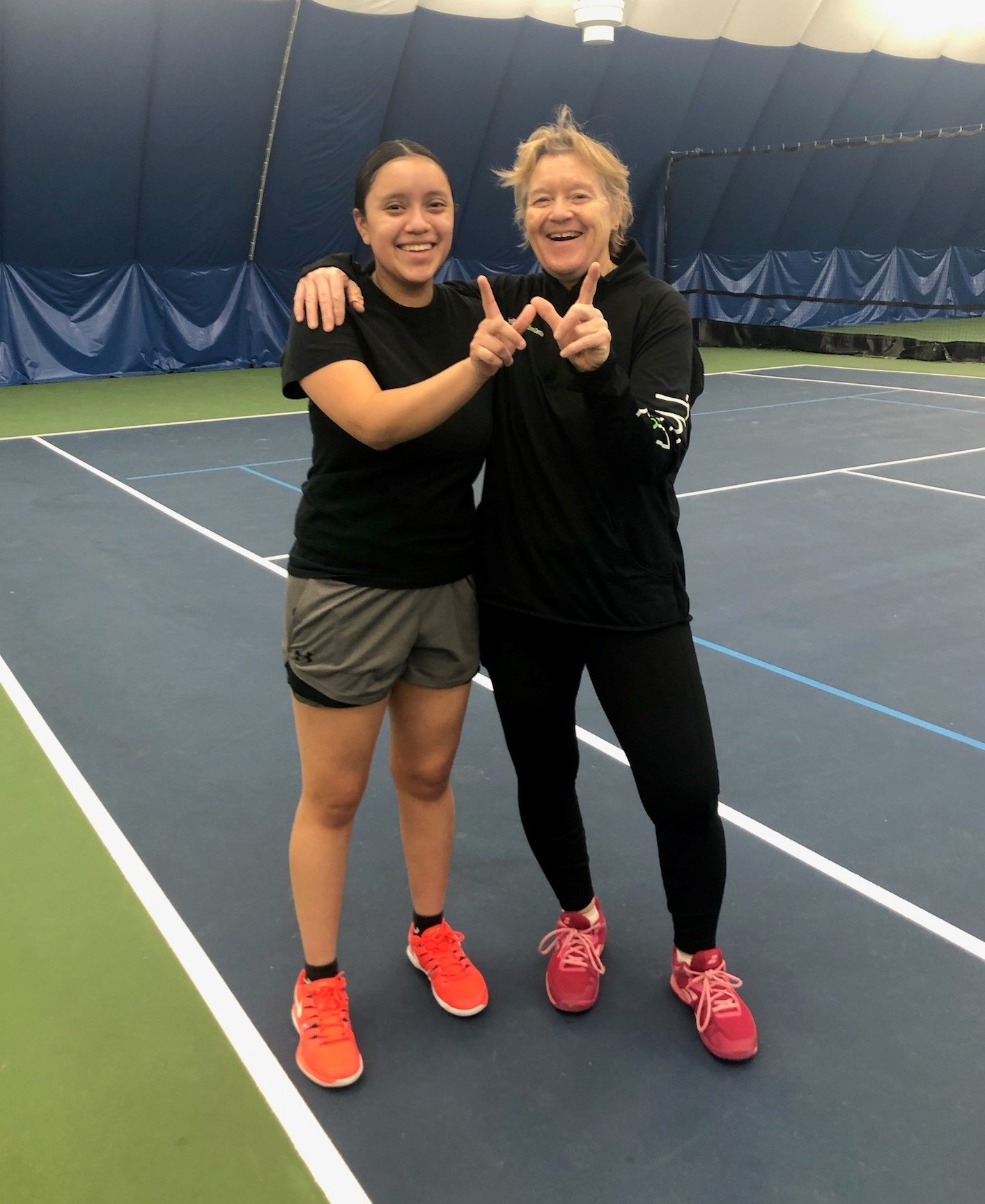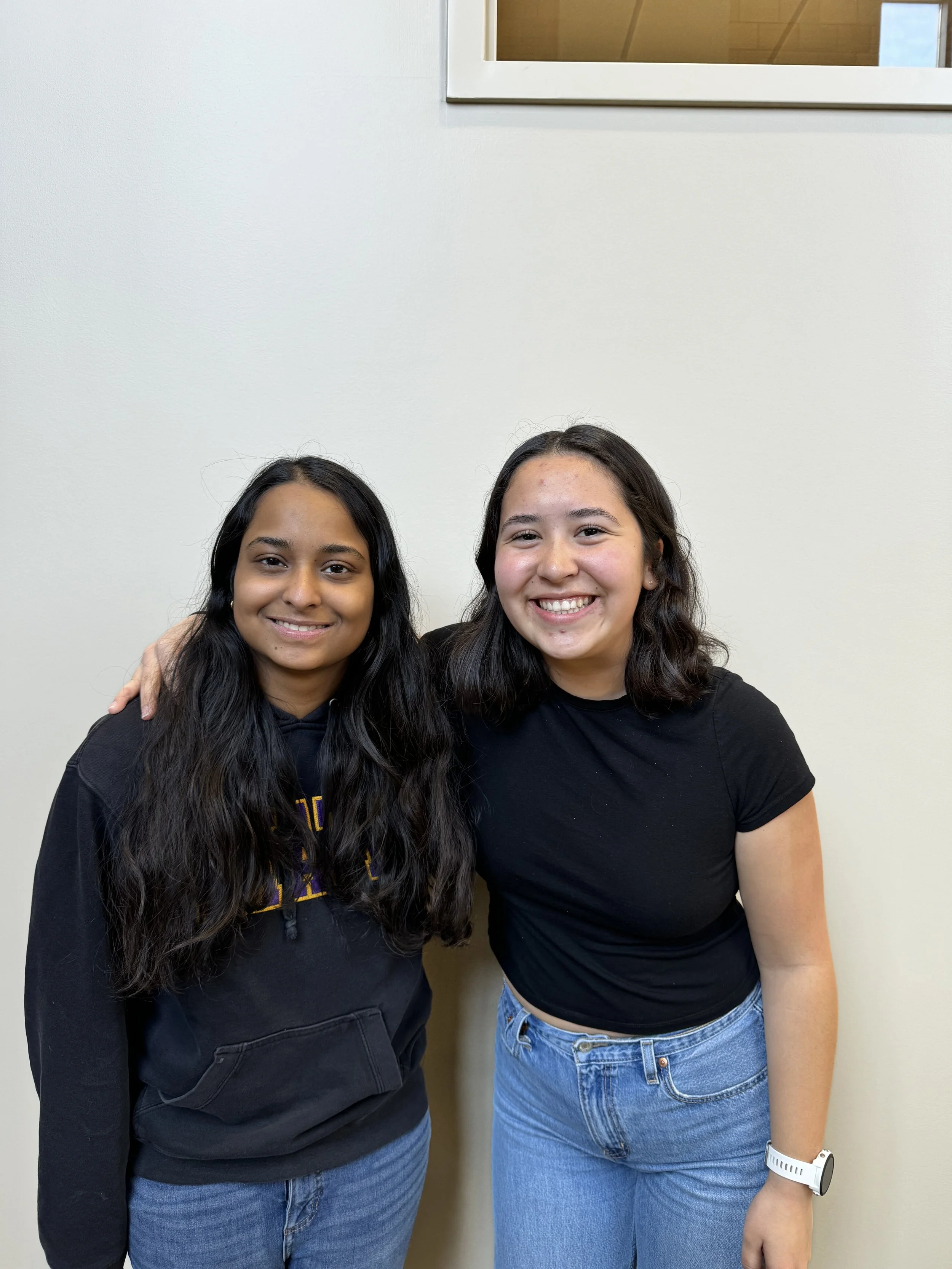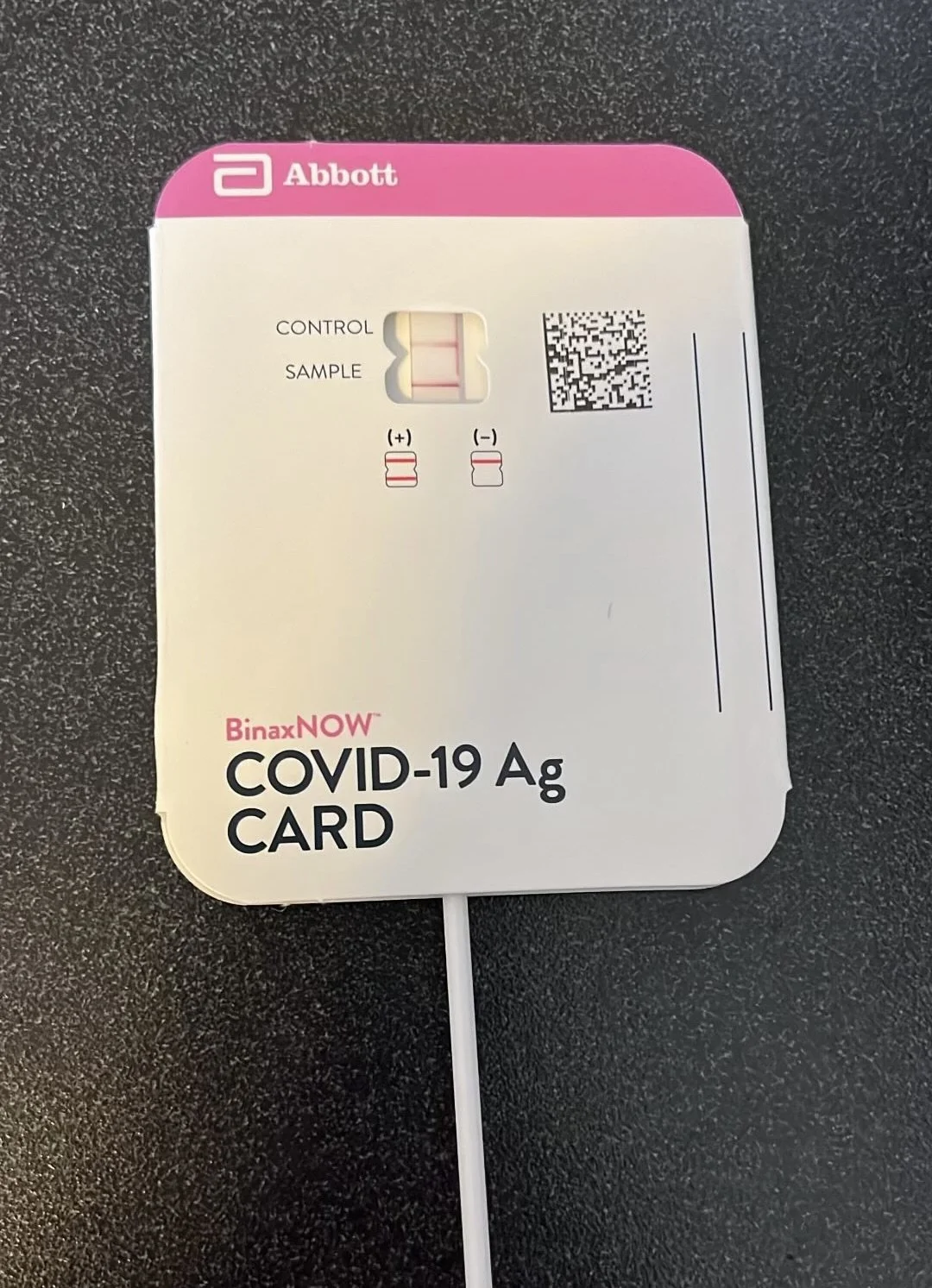Special Edition Spring 2024: Marcie Myers’ 9 practices for staying open and young
Cover image: Myers was selected as keynote speaker for the DPT program this year. Credit: Marcie Myers
By Skylar Mattson
As the clock keeps ticking, the United States population continues to grow older. With St. Kate’s many strong healthcare programs, this is a fact that many students and faculty care about. Leading the discussion surrounding longevity and aging at this university is Marcie Myers Ph.D., a professor known for her numerous research projects on these topics and her direction of the Katies for Aging Research and Equity (KARE) program.
Myers has been teaching in St. Kate’s biology department for 25 years. She is also the founder of the Women’s Health Integrative Research Center (WHIR) at St. Kate’s, a co-principal investigator for the Katies for Aging Research and Equity (KARE) program and the director of the longevity and aging minor. Myers’ background in longevity and aging has given her a unique and positive outlook on aging that I had the pleasure of hearing about during an interview.
Myers’ walking treadmill work desk at home with the wall of idea-stimulating images, including her nine practices. Credit: Marcie Myers
Myers shared that at 66 years old, she feels like she is 12. What is her secret? She brought up nine practices that she believes keep her open and young.
The first two words on Myers’ list were “adaptability” and “persistence,” which can be seen in her journey to teaching at St. Kate’s. After earning undergraduate and master’s degrees in biology at the University of Wisconsin—Madison, Myers said, “I took a pause between my master’s and Ph.D. because I wasn’t sure if I wanted to go to school my whole life because I had been in school since I was three. Mom kicked me out because we had six kids, and I was the oldest. She had too many in the house, so she lied about my age and said I was older.”
After working as a programmer in a variety of settings across Minneapolis, Myers missed biology and decided to pursue her Ph.D. After finishing her doctorate, she completed a postdoc experience on the University of Minnesota campus. Myers then returned to Madison to teach as an associate faculty member.
In 1999, a job at St. Kate’s came at the perfect time.
“I really missed my family in Minnesota,” Myers said, “and I wanted a professor job where I had the service, scholarship and research as a part of my portfolio. I was so excited — I heard that the dean of faculty was going to be calling me, so I changed the recording on my answering machine.”
Another word on Myers’ list was “creativity,” which she incorporates into much of her work.
Myers regularly teaches Biology of Women, Human Comparative Physiology and Biology of Longevity and Aging. Myers has gotten creative with the name of the Biology of Women course.
“I call it ‘#women,’” she said. “It’s important that this be something that speaks to people who are nonbinary or transitioning. We do take on those issues of, ‘What is the biological basis of sex?’ If you’re the professor, you get to make [the course] whatever it is.”
Myers’ creative side also shined through in her founding of the WHIR. She realized that she was one of the few people who used the racquetball courts, and so she set out to reappropriate that space for the WHIR.
Myers explained that a visionary grants director helped her colleagues, “write this concept paper and get internal support to make that space, and then, we got a grant from a foundation to get equipment and then I became the first director of that [the WHIR].”
Myers also explained that her second creative “baby” at St. Kate’s — the longevity and aging minor — is doing well: “KARE scholars [have to] take it, but at least as many people who aren’t KARE scholars take it.”
For three years, Myers worked as faculty senate president. She explained how this role required her to practice noting nuance and reframing her thinking, two more items on her list to staying young.
When beginning the role, Myers said she found the “influence” portion of St. Kate’s mission statement too modest, but she, “really learned how you almost are never in charge completely. I mean, there are very few things that you’re completely the leader of, and even when you are, you have to influence a lot of people, so I really got schooled on influence [is actually] a very strong word.”
Myers’ geroscience (the science of aging) research keeps her open-minded and her creative juices flowing, demonstrating how she practices two additional concepts from her list: remaining open and curious.
Much of Myers’ aging research takes place through her work as a co-director of the KARE program. The KARE program is an integrated research education program that allows underrepresented minority students to get involved with research promoting healthy longevity and aging across the lifespan. Myers shared that her interest in geroscience actually stemmed from agreeing to be a part of the KARE grant.
A large study Myers was a part of with this grant looked at the potential uses for a mobility device developed by Catherine Hick called the Gator. The Gator is a device with a similar build to a walker, but it allows for increased mobility, as its handles and wheels move forward and backward, allowing the user to continue using the arm swing motion while they walk. Hick had originally brought the device to the University of Minnesota for research but ended up turning to St. Kate’s, and Myers was open to researching this device.
“Anything that we could do to start to train people back into thinking about walking faster and having the neuromuscular capacity to do that would be good,” she explained.
Myers said that a big reason she cannot picture retiring at age 66 is because of the colleagues and students she gets to build connections with.
“I think it’s one of the important ingredients to being young at heart is interacting regularly with the youth of our future,” she said.
When she was asked to write an article about gait and aging, titled “WomENergy,” Myers had to take a moment to reflect. This article ended up being a significant one to her because, she said she, “was able to put together so many of these cultural ideas, something that was wider than just being a biologist because of having had all these different roles.” It’s easy to see why connection and reflection are also components on her list.
Myers winning a doubles match with her daughter, Mari. Credit: Marcie Myers
Myers ends her list of practices to stay young with “playing.” For Myers, play comes in the form of tennis.
“It keeps me doing the exercise that I know is good for me but in a playful way,” she explained. “It has this physical aspect, aerobics. It has balance. It does [require] some strength, but it also is a social connection.”
Myers reminds us that experiences determine what people offer the world. She encourages more rich and broad experiences to live a life of meaning. From her experiences, Myers offered nine practices to remain young and open. Remember to think about the practices you are building from your experiences as the clock ticks on.








